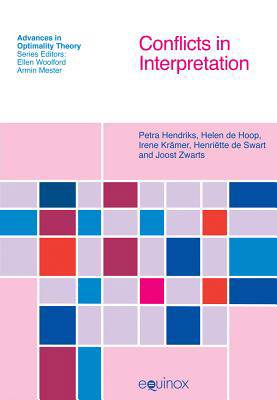
- Afhalen na 1 uur in een winkel met voorraad
- Gratis thuislevering in België vanaf € 30
- Ruim aanbod met 7 miljoen producten
- Afhalen na 1 uur in een winkel met voorraad
- Gratis thuislevering in België vanaf € 30
- Ruim aanbod met 7 miljoen producten
Zoeken
Omschrijving
Intends to applly novel methods of constraint interaction, derived from connectionist theories and implemented in linguistics within the framework of Optimality Theory, to core semantic and pragmatic issues such as polysemy, negation, (in)definiteness, focus, anaphora, and rhetorical structure.
Specificaties
Betrokkenen
- Auteur(s):
- Uitgeverij:
Inhoud
- Aantal bladzijden:
- 192
- Reeks:
Eigenschappen
- Productcode (EAN):
- 9781845534387
- Verschijningsdatum:
- 31/03/2010
- Uitvoering:
- Paperback
- Afmetingen:
- 235 mm x 158 mm
- Gewicht:
- 376 g

Alleen bij Standaard Boekhandel
+ 69 punten op je klantenkaart van Standaard Boekhandel
Beoordelingen
We publiceren alleen reviews die voldoen aan de voorwaarden voor reviews. Bekijk onze voorwaarden voor reviews.








